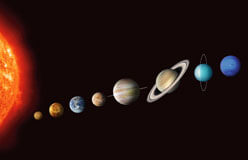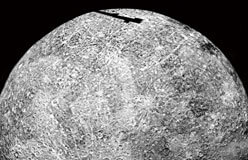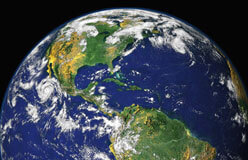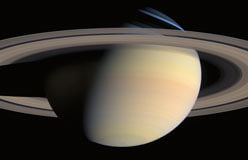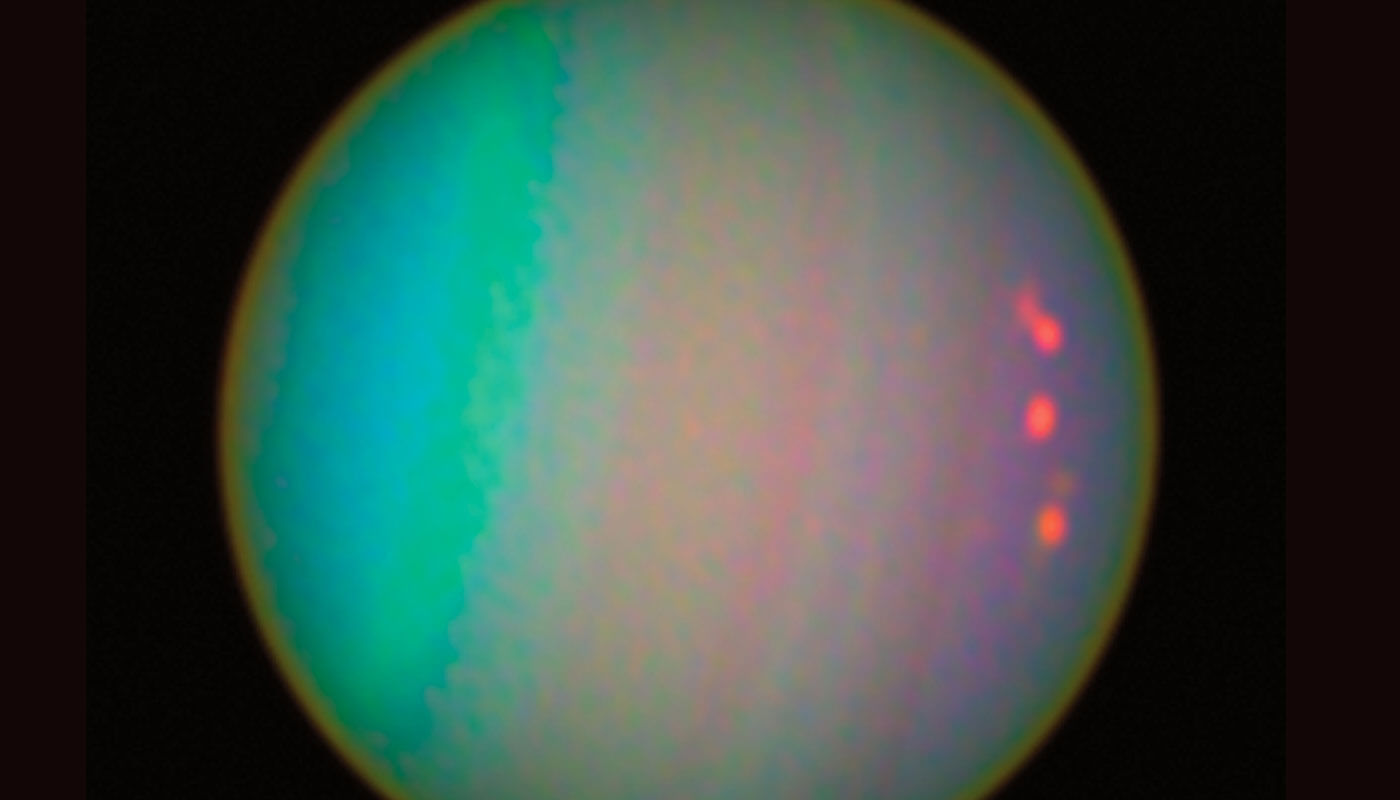Our solar system starts with the Sun, which is a star.
It also contains the planets that orbit the Sun. At night we can see the planets closest to Earth without a telescope.
Most planets are named after Roman or Greek gods. Reddish Mars is named for the Roman god of war. Speedy Mercury is named after the fast Roman messenger god. Uranus is named for the Greek sky god.
No two planets are the same, but some are alike. Mercury, Venus, Mars, and Earth are all rocky. Far away from the Sun are the gas giants. Jupiter, Saturn, Uranus, and Neptune are made mostly of hydrogen and helium.
Discovered in 1930, Pluto was added to the list of planets. For decades, astronomers said the solar system had nine planets. However, in August 2006, the International Astronomical Union (IAU) made a new definition of the solar system. Now it has eight planets and at least five dwarf planets. Pluto is a dwarf planet. The solar system also has tens of thousands of smaller bodies. Those include comets and most asteroids. But stay tuned! Things could change again.
